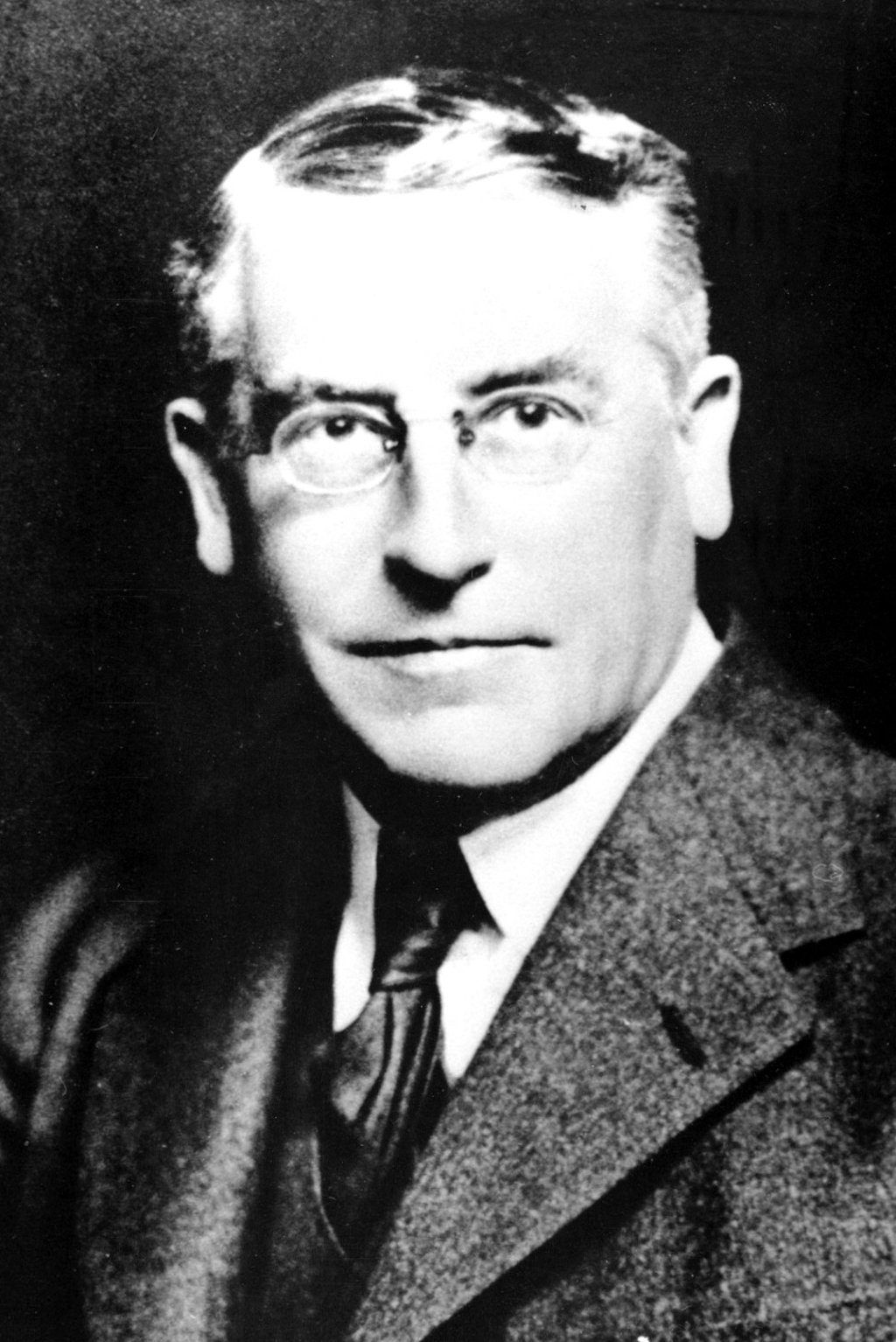Then & Now | What Hong Kong leadership can learn from 1922 seamen’s strike
- The draconian laws being mooted to deal with Hong Kong’s civil unrest were first enacted by a competent leadership – unlike that of today

A perennial Hong Kong truism maintains that just when you think you’ve seen and heard it all – whatever the particular “it” may be – you haven’t even passed first base. In this, one of the world’s great irony-free zones, the tragic parody that passes for public life just couldn’t be made up.
And so it is with the latest eyebrow-raising suggestion/threat issued by what, somehow, still passes for the Hong Kong government after more that three months of unprecedented, preventable, broad-based civil unrest. Despite the existence of obvious – if partial – political solutions, enacting aspects of long-dormant emergency powers is apparently on the table. Last deployed during the 1967 riots, this draconian legislation came about in response to a seamen’s strike in 1922, which paralysed the port and, with that facility at a standstill, choked Hong Kong’s then-vital entrepot trade.
The seamen’s strike began on January 12, 1922; at the outset, the protest movement was entirely driven by long-simmering economic issues. Official intransigence ensured that the focus rapidly spread to other social concerns, such as the rising cost of living. This particularly affected average residents, as wages had been stagnant since the end of the war, in November 1918, while living costs had increased by more than 40 per cent. Foreign seamen – in practice, Filipinos and Lascars (mostly Bengali Muslims, with some Malays) – were also paid significantly more than Cantonese seamen for the same work, and the inherent unfairness of this situation aggravated tensions.

Within weeks of the strike taking effect, international shipping bypassed Hong Kong, and the effects on the local economy – everything from industries that required imported raw materials and the warehouses that stored them, to everyday businesses and food supplies – were catastrophic. From its earliest urban beginnings, Hong Kong has been a net importer of food, and even with effective government stockpiling measures, the colony was never more than a few weeks away from serious shortages of staples, such as rice; modern Hong Kong is no different.
With the 1917 Bolshevik revolution’s spectacular success in Russia, the major threat to the established world order after the war was militant international communism. In 1922, both the Hong Kong and British governments firmly believed that the seamen’s strike was – at least partly – communist-fomented. Official suspicions were reasonable; during this period, globally, genuine labour issues were routinely exploited by communist cells for political purposes. Hong Kong’s emergency legislation was intended to deal with an emergent communist menace across a porous border, and so prevent it from infecting the hitherto stable British colony.
